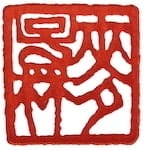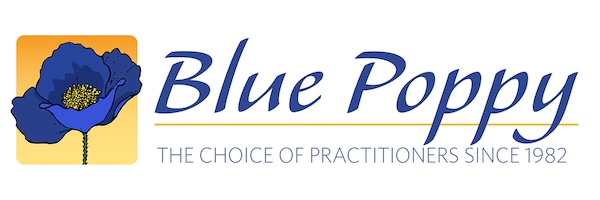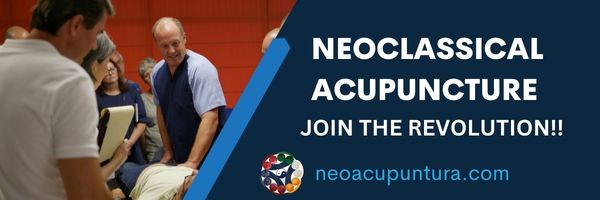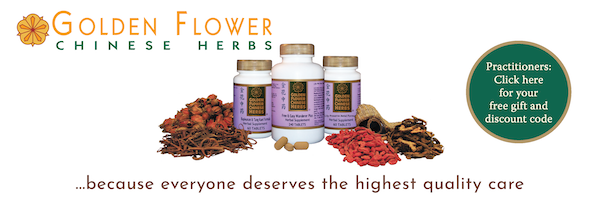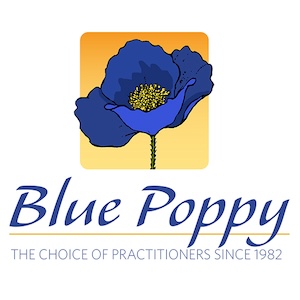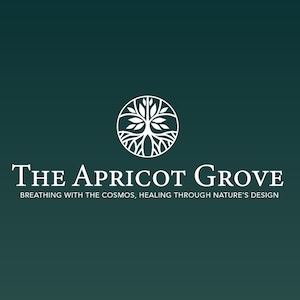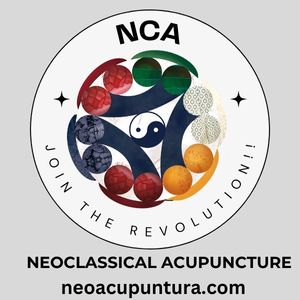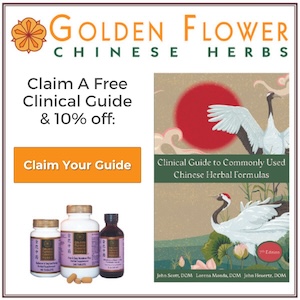In this conversation with Kubota Sensei, we discuss Ishizaka-ryu, a traditional Japanese acupuncture method. Sensei focuses on stimulating qi blockages along the primary meridians surrounding the entire spinal column, so as to increase blood flow, open the central channel and utilize the body’s own healing power. His method of acupuncture includes using a spiral motion of his supporting hand, to add a vortex of qi to the needle.
Listen into this discussion and learn about the Torus, a core around which the acupuncture meridians are all connected. How acupuncture affects the electrical flows in the body. And the key importance of having an open and empty space in the great Chong vessel.
- How Ishizaka-ryu is different from what someone might have learned in traditional acupuncture school
- Energy flows throughout the body and how these play an essential role in acupuncture
- How the term root treatment in different acupuncture traditions and different traditions often means something different
- All energy moves the same way from the larger macro to tiny micro scale
- The three separate torus like flows that are part of the Great Chong flow
- Using the hands to diagnose is both most primitive, and most accurate
- Kubota Sensei’s process of finding the root cause of problems and how that influences his treatment of patients
- Spiral torus energy flows creates everything in the nature
- Acupuncture has a subtle electric impact; it brings negative electrons to the area being treated
- Working with the lymph and fluids, how we can work with it, what it does from an acupuncture point of view and how attending to the fluids can help patients
- The importance of alkaline foods and alkaline fluids reduce the acidic balance of the body
“Let the patient be your teacher”-Eiji Machida Sensei
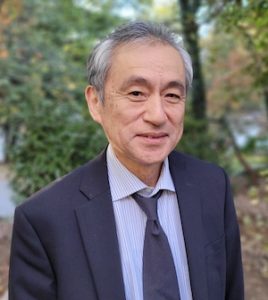 Naoki Kubota, a native of Kyoto, Japan, graduated from Meiji College of Oriental Medicine in 1977. After graduation he apprenticed for two years with Masako Uchida Sensei in Kobe, Japan followed by studies in Ishizaka Ryu acupuncture with Mitsuo Goto Sensei, and Eiji Machida Sensei (Machida Sensei was the 5th generation of the tradition and his family carried the tradition from the Meiji period forward).
Naoki Kubota, a native of Kyoto, Japan, graduated from Meiji College of Oriental Medicine in 1977. After graduation he apprenticed for two years with Masako Uchida Sensei in Kobe, Japan followed by studies in Ishizaka Ryu acupuncture with Mitsuo Goto Sensei, and Eiji Machida Sensei (Machida Sensei was the 5th generation of the tradition and his family carried the tradition from the Meiji period forward).
Kubota Sensei also has deep interests in food therapy (Macrobiotics) and Hakko Ryu Jujutsu (holds a 5th Dan).
In 1980 he relocated to Asheville, NC and opened his acupuncture practice. For many years Kubota Sensei has published a number of articles in the North American Journal of Oriental Medicine (NAJOM) on Ishizaka Ryu acupuncture history and technique, food therapy, and his own theories on energy and “Aiki” principles. He has taught seminars on Ishizaka Ryu acupuncture in Seattle, WA and Asheville, NC. and soon will be teaching a seminar series through the Daoist Traditions College of Chinese Medical Arts.
Links and Resources Here’s the image of the torus that Kubota shared during the conversation.
And a few articles he’s written that will give you some insight into this thinking and work:
Japanese Secrets For a Healthy and Long Life Ishizaka–
Misunderstood Genius of Ishizaka
The Defining Techniques of Kubota Zone Acupuncture
Memories of My Three Masters
Kubota on Torus Energy Flow
